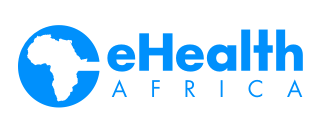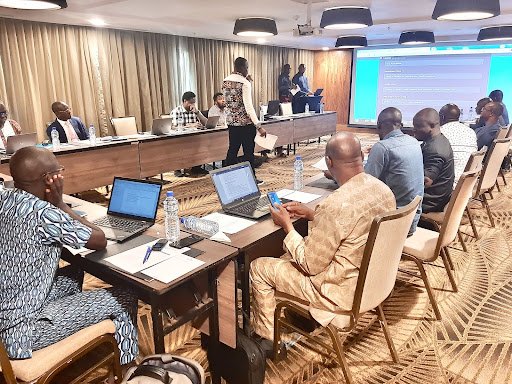One of our focuses at eHealth Africa is to increase the number of women in our workforce. While we work on getting more women into eHA, we also focus on retaining the talented women who currently work at the organization. Here are three ways we support women at eHealth Africa.
Early career programs
As an organization, we are committed to building a more diverse and fair workplace, and we have implemented strategies to increase the number of women in our workforce. We are actively building a pipeline of talent through early career programs to help young women jumpstart their careers. One of these programs is our just concluded all-female paid internship program that lasted for six months. The program exposed young women to an early career within the International NGO space. Juliana Okoro, who was a part of the 2021 all-female internship cohort and now works full time as an associate with the communications team, has this to say
Juliana Okoro
Coming as an intern helped build my confidence and my career path. Before the internship, I didn’t know what to make of my career or which direction to go, but the internship gave me the clarity and experience I needed. My internship exposed me to a lot of opportunities and I am forever grateful to eHA for the opportunity.
Open Door Policy
Past research and society advise women to stand out if they want to get ahead. But taking on visible roles in the workplace may expose women to risk, and we know this. And that is why we have policies in place that promote unconventional forms of leadership, fight implicit bias, and create an equitable working environment where everyone’s ideas are valued and respected. Our Human Resources department maintains an open-door policy that ensures that staff, especially female employees, do not suffer in silence when marginalized or ill-treated, either by their colleagues or bosses.
We constantly encourage female employees to take on tasks and roles that put them in the spotlight, and this has ultimately reflected on the senior leadership team, as we have just as many women at the decision-making table as we have men. An offshoot of this is that we now have more senior female employees who the younger ones not only look up to but also get mentorship from.
A Work/family balanced life
One initiative we put in place to ensure employee wellbeing, fairness, and gender inclusivity is flexible work (remote) and work/life balance.
We have constant check-ins between managers and the employees they manage. In these sessions, employees get to discuss issues relating to their overall well-being and how they may affect their productivity at work, and managers help them through it by providing feedback and guidance. We also have a remote working option in certain cases where your job does not require you to be physically present at the office. With this process in place, female employees who’ve completed their paid maternity leave can spend more time bonding with their families while working from home.
At eHealth Africa, we recognize that talent development is crucial to our success as an organization which is why we have invested in programs that continue to up-skill and re-skill employees at all levels. These programs are easily accessible and we constantly encourage employees to take advantage of them so they can stay current and relevant in their fields. We don’t just pay lip service to gender inclusivity and to building an equitable working environment; we constantly live into those values.














